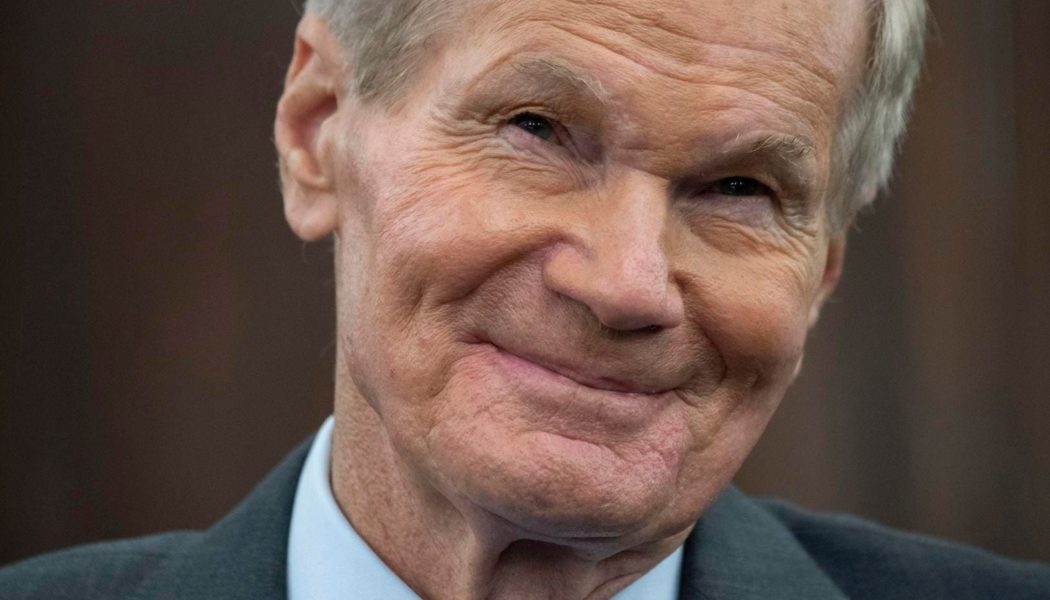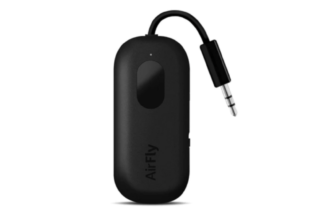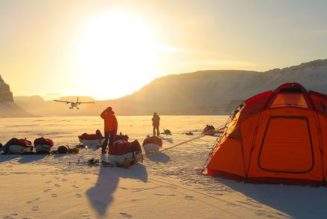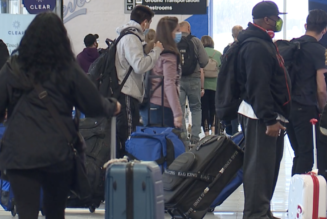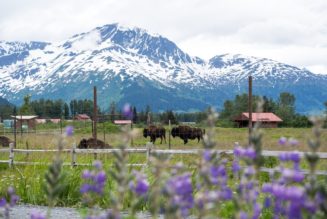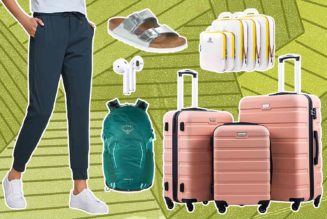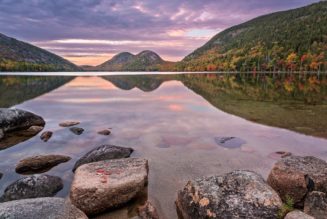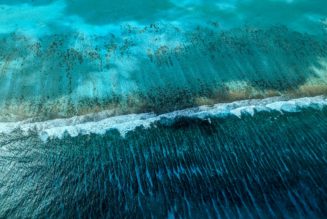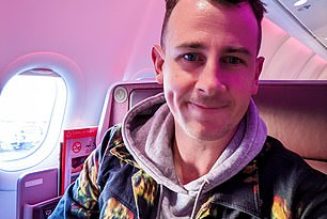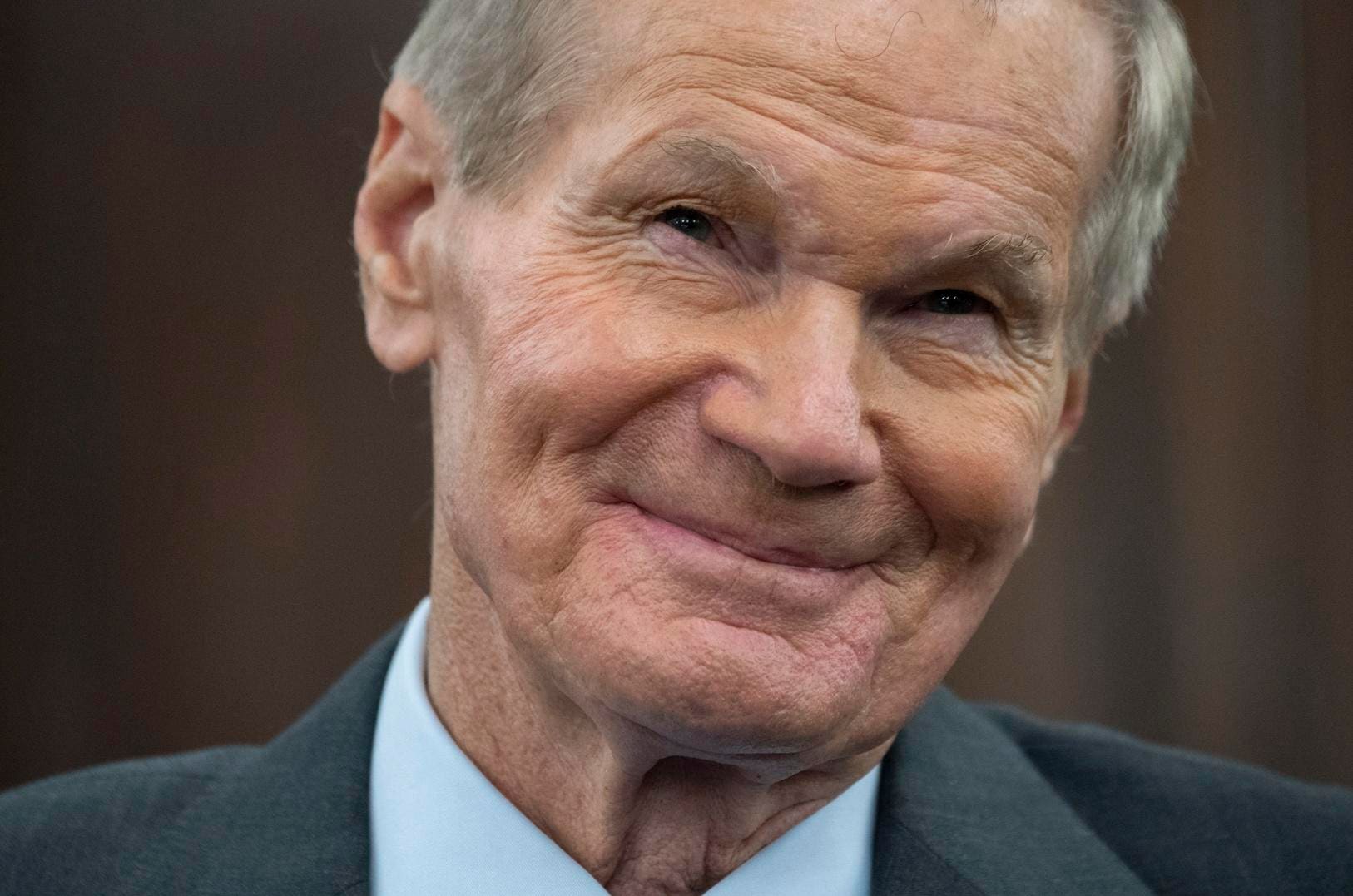
On October 10, 2021, a Gulfstream G-III jet that NASA uses for aerodynamics research flew to Washington, D.C. from Southern California. Documents reviewed by Forbes list the flight’s purpose as training – NASA requires its pilots to fly 100 hours annually in a plane or simulator to stay sharp.
But in D.C. the pilots welcomed passengers who usually wouldn’t be allowed aboard under federal rules meant to prevent public servants from misusing government aircraft: NASA Administrator Bill Nelson and a retinue including four other senior executives, according to public records obtained by Forbes. In a series of eight flights over the next five days, all of which were claimed to be for training, the pilots took them back west for a tour of NASA facilities up and down the California coast, as well as to SpaceX headquarters in Los Angeles.
The records suggest that under the cover of training, NASA has spent roughly $335,000 over the past six years using agency aircraft to speed officials around the country who typically are required by law to fly coach or take ground transportation, at lower cost to taxpayers. That includes flights carrying Nelson, the highest ranking official at NASA who reports to the president, that Forbes estimates cost $143,000. (Estimates are based on documents showing flights on NASA aircraft where officials compared costs to commercial travel.)
Compared to NASA’s $25 billion budget, it may seem like a small misuse of government resources, but even less costly use of federal planes for travel has sparked investigations, like a recently completed Department of Transportation inspector general probe into $59,000 worth of flights taken by DOT Secretary Pete Buttigieg and $98,500 by his predecessor Elaine Chao. (Both were cleared of wrongdoing.)
NASA says carrying passengers on training flights is a good use of resources since the pilots need to fly anyway.
But the documents Forbes obtained through an open records request suggest that with many flights, the tail wagged the dog, with timing and routes dictated to get officials somewhere they wanted to go, for purposes like travel to an awards ceremony or routine planning meetings. Many were multi-day trips that required spending on lodging for pilots.
U.S. government agencies own hundreds of aircraft to carry out missions like patrolling the border and fighting forest fires, but federal regulations restrict their use by employees for travel: Public servants should travel with the rest of us via airlines, the highways or rail, at lower cost to the taxpayer. However, a government aircraft or charter can be used if they would be cheaper, or no commercial flights are available within 24 hours. There are exceptions too, if there’s a security reason or “exceptional” time pressures.
In NASA’s case, guidelines it’s developed, which elaborate on rules issued by the White House Office of Management and Budget (OMB), say that justifiable uses of agency planes for travel include ensuring astronauts get to the launch pad on time, or speeding them to Houston for medical evaluation after they land at the cosmodrome in Kazakhstan on Russian flights back from the International Space Station.
NASA’s guidelines also say that if the primary purpose of a flight is pilot training, passengers can ride along too — and the agency doesn’t have to demonstrate that the purpose of the trip rises above ordinary business or that it’s cheaper than traveling commercial. “Such Passenger Transportation flight use may be presumed to result in cost savings to the U.S. Government,” spokesperson Jennifer Dooren wrote in response to questions from Forbes. She noted most NASA travel is conducted by commercial airlines, and passenger flight plans involving agency aircraft are reviewed to assure they comply with federal regulations.
“If there’s an official reason for people to go there for training it could be justified,” said Lisa Gilbert, executive vice president of government watchdog group Public Citizen. “If it’s a smokescreen and the purpose is that senior official getting where they’re trying to go, it’s a different story.”
Transporting passengers on training flights isn’t common practice at other federal agencies with large aircraft fleets. The Department of Interior told Forbes passengers aren’t allowed on training flights. The State Department said it would only allow travel on training flights “on rare occasions.”
A former FAA counsel who requested anonymity to speak openly said after Forbes described the flights to him that since they don’t appear to be mission critical, “they really ought to be using commercial aircraft, especially if convenient flight schedules and reasonable fares are available.”
The federal travel rules haven’t prevented abuses: In 2017, Health and Human Services Secretary Tom Price resigned under fire over $1 million worth of flights on government and chartered planes, while four other Trump Cabinet members were criticized for flying at taxpayers’ expense.
In response, Mick Mulvaney, then head of OMB, issued a memo stating there should be few exceptions to using airlines, and the White House chief of staff would need to approve them. A NASA report says that in the wake of the Mulvaney memo, in fiscal 2019, the agency’s planes “only transported passengers as secondary missions to flights whose primary purpose was pilot proficiency training.”
But according to the public records reviewed by Forbes, many of those missions, like Nelson’s California tour, have timing and destinations that appear dictated for officials’ convenience rather than any training objective.
Take a series of training flights in August 2021 by a Beechcraft King Air that started with a 40-minute hop to Reagan National from its base, a nearby NASA facility in Wallops, Virginia. The plane picked up Nelson and eight of his deputies and flew them back to Wallops to watch the launch of a rocket carrying supplies to the International Space Station. That spared them a 3-hour drive.
From there, the pilot training proceeded with a flight for Nelson and six other officials to Cleveland, where the next day they attended a ceremony marking the renaming of a flight test center after late astronaut Neil Armstrong.
A return flight the day after brought the total flight time to five hours at an estimated cost of $8,325, based on the public records.
Nelson, a former U.S. senator from Florida, has used NASA planes for other trips that seem more akin to grip-and-grin campaign appearances than advancing NASA’s science objectives.
In 2022 he flew on another training flight with Sen. Shelley Moore Capito to the Republican’s home state of West Virginia to appear at a university robotics contest, visit an elementary school and lunch with local NASA workers.
The Wallops-based King Air, a twin-engine turboprop that is one of just a handful of planes the agency owns with the safety features to legally carry passengers, seems also to have been frequently used as an air taxi for D.C.-area NASA staff, under the premise of pilot training.
For example, in 2018, seven employees traveled on it from Baltimore to Clarksburg, West Virginia, to meet with management of a NASA center there to discuss LGBTQ issues and conduct training described as “LGBT 101.”
There are three to four flights a day for $200 from D.C. to Morgantown, from which it’s a 40-minute drive to Clarksburg. The records suggest the NASA flight cost $2,536.
Later that year the plane flew to Hampton, Virginia, to pick up a single passenger, Steve Dover, an executive at NASA’s Langley Research Center, to take him to a meeting in Patuxent River, Maryland, saving Dover a 3-hour drive.
